Upgrade Your Decors Using Repurposed Materials
Are you tired of the same old decor in your home? Do you want to add a splash of creativity without breaking the bank? Well, you’re in the right place! Repurposing materials is an exciting way to enhance your home decor while showcasing your personal style. Imagine transforming everyday items into stunning decor pieces that not only look good but also tell a story. This article will explore creative ways to upgrade your space using repurposed materials, turning the ordinary into the extraordinary.
Repurposing is not just a trend; it’s a lifestyle choice that benefits both your wallet and the environment. By reimagining what you already have, you can minimize waste and contribute to a more sustainable future. Think of it as giving a second chance to items that might otherwise end up in a landfill. From old furniture to glass jars, there’s no limit to what you can transform. The beauty of repurposing lies in its ability to spark your imagination and encourage creativity. So, let’s dive into the world of repurposed decor and see how you can make your home reflect your unique personality!
When you choose to repurpose materials, you unlock a treasure trove of benefits. First and foremost, it’s a cost-effective solution. Why spend a fortune on new decor when you can breathe life into what you already own? Not only does this save you money, but it also allows you to create one-of-a-kind pieces that can’t be found in stores. Plus, there’s a certain satisfaction that comes from saying, “I made that!”
Another significant advantage is the positive impact on the environment. By repurposing, you’re reducing waste and minimizing your carbon footprint. It’s a win-win situation! Here’s a quick breakdown of the benefits:
| Benefit | Description |
|---|---|
| Cost Savings | Repurposing reduces the need to buy new items, saving you money. |
| Environmental Impact | Less waste means a smaller carbon footprint and a healthier planet. |
| Creativity Boost | Transforming materials sparks creativity and allows for personal expression. |
As you can see, the benefits of repurposing are compelling. It’s not just about making your home look good; it’s about making a difference. So, let’s explore some creative ideas for repurposing furniture that can elevate your living space!
Old furniture often sits neglected, but it holds immense potential for transformation. With a little imagination and some elbow grease, you can turn outdated chairs, tables, and cabinets into stunning decor pieces that reflect your style. For instance, consider giving that old wooden chair a fresh coat of paint and reupholstering it with vibrant fabric. Suddenly, it’s not just a chair; it’s a statement piece!
Another fantastic idea is to convert an old dresser into a stylish TV stand or a unique storage solution. By removing some drawers and adding a fresh finish, you can create a functional piece that adds character to your space. The possibilities are endless, and the best part is that you can customize each piece to suit your taste.
Wooden pallets are a goldmine for DIY enthusiasts. They are not only affordable but also incredibly versatile. You can transform pallets into furniture, wall art, or even garden decor, adding a touch of rustic charm to your home. Picture a cozy outdoor seating area created from repurposed pallets, complete with cushions and fairy lights. It’s the perfect spot for summer gatherings!
Creating a coffee table from pallets is a simple and rewarding project. Follow these steps to craft a functional centerpiece for your living room:
- Gather your materials: 2-3 pallets, sandpaper, wood stain or paint, and wheels (optional).
- Sand the pallets to smooth out rough edges.
- Stack the pallets and secure them using screws for stability.
- Finish with a coat of stain or paint to match your decor.
- Add wheels for mobility or leave it as is for a rustic look.
Pallets can also be used to create stunning wall art. From simple designs to intricate patterns, you can turn simple pallets into eye-catching decor that reflects your personal style. Consider painting inspirational quotes or creating a beautiful landscape scene. The only limit is your imagination!
Don’t overlook glass and plastic items; they can be transformed into beautiful decor elements! Old jars, bottles, and containers can become unique vases, candle holders, and decorative accents. For example, a simple glass jar can be turned into a charming vase with a bit of paint or twine. Or, consider using colorful plastic bottles to create a whimsical garden feature. The key is to see the potential in what you already have!
Old fabrics and textiles are another fantastic resource for repurposing. Whether it’s curtains, clothes, or linens, you can breathe new life into these materials. Imagine transforming an old set of curtains into cozy throw pillows or using fabric scraps to create a beautiful quilt. Not only do these projects add warmth to your space, but they also allow you to showcase your creativity.
Fabric wall hangings are a trendy way to showcase your creativity. You can create stunning pieces that serve as focal points in any room. Use a mix of colors and textures to create a visually appealing design. Think of it as painting with fabric instead of paint!
Old clothing or fabric scraps can be transformed into cozy pillows. Explore various DIY pillow projects that allow you to express your style while giving new life to unused textiles. Whether it’s a simple square pillow or a more intricate design, these projects are not only fun but also rewarding.
Q: What materials can I repurpose for home decor?
A: You can repurpose a wide range of materials including wood, glass, plastic, and textiles. Almost anything can be transformed with a bit of creativity!
Q: How do I start repurposing items?
A: Begin by assessing what you already have at home. Look for items that you no longer use and think about how they can be transformed into something new. Research ideas online and gather inspiration!
Q: Is repurposing difficult?
A: Not at all! Many repurposing projects are simple and can be done with basic tools. Start with small projects to build your confidence and skills.
Q: Can I sell my repurposed items?
A: Absolutely! Many people sell their repurposed creations online or at local craft fairs. It’s a great way to make extra money while doing something you love.
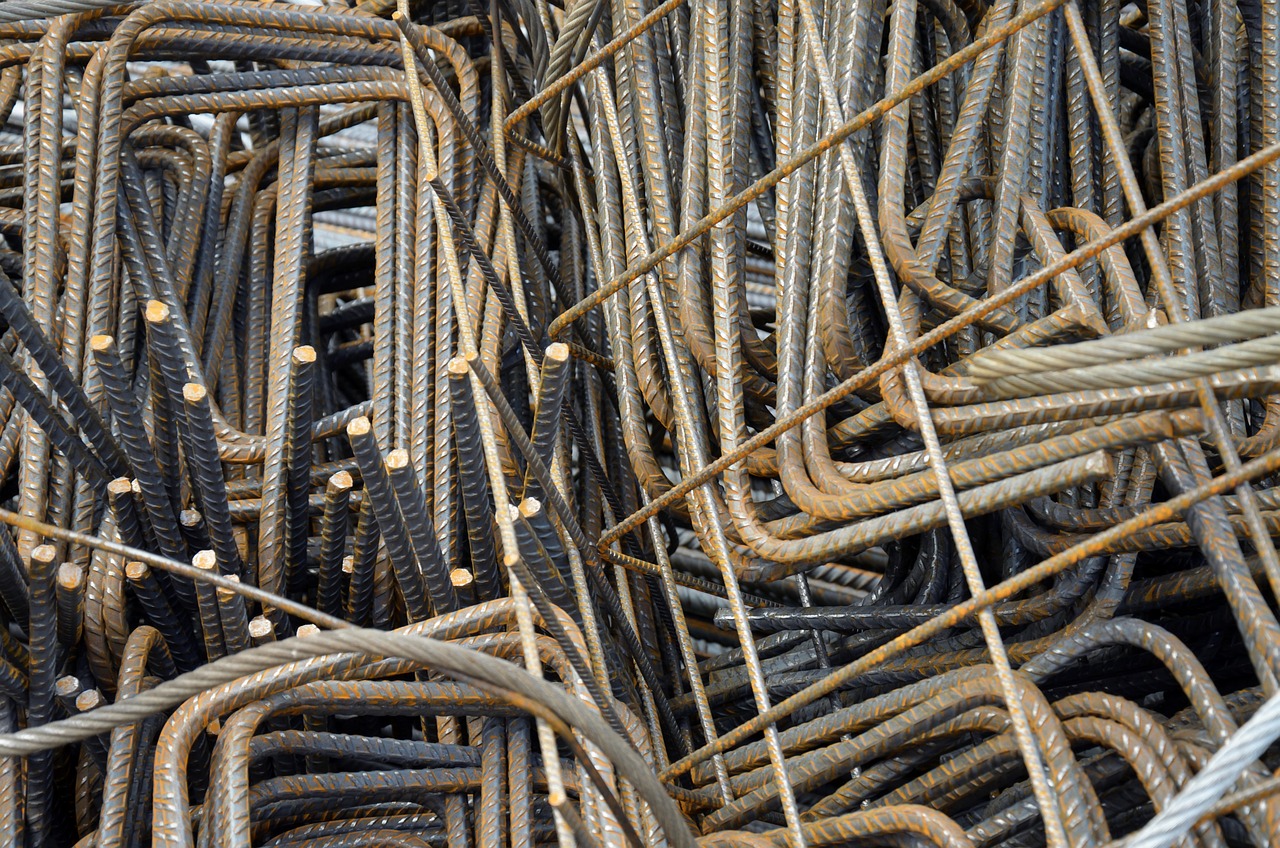
The Benefits of Repurposing
Repurposing materials is not just a trend; it’s a lifestyle choice that brings a multitude of benefits to both your home and the planet. Imagine walking into a room filled with unique decor pieces that tell a story, each one a testament to your creativity and resourcefulness. By choosing to repurpose, you’re not only saving money but also contributing to environmental sustainability. Isn't it satisfying to think that your beautiful decor could also help reduce waste? It’s like giving a second chance to items that would otherwise end up in a landfill!
One of the most compelling reasons to embrace repurposing is the **financial savings** it offers. Instead of splurging on brand-new furniture or decor, you can transform what you already have or find at thrift stores. This practice allows you to stretch your budget further while still achieving a stylish and personalized look in your home. Plus, there’s something incredibly rewarding about taking an old item and turning it into something fresh and exciting!
Beyond the financial aspect, repurposing fosters **creativity**. It encourages you to think outside the box and to view everyday items through a new lens. For example, have you ever looked at an old ladder and thought it could become a unique bookshelf? Or perhaps you’ve seen a stack of wooden crates and envisioned them as a rustic coffee table? The possibilities are endless! Engaging in these projects not only provides a fun and fulfilling hobby but also enhances your problem-solving skills. You’ll find yourself approaching challenges with a creative mindset, which can spill over into other areas of your life.
Moreover, repurposing is a fantastic way to promote **sustainability**. In a world where environmental concerns are increasingly pressing, every small action counts. By repurposing materials, you’re reducing the demand for new products, which in turn lessens the strain on our natural resources. It’s a simple yet powerful way to make a positive impact. Think of it as a ripple effect: your choice to repurpose can inspire others to do the same, creating a community of eco-conscious individuals committed to making a difference.
Not to mention, repurposed items often carry a certain charm and character that mass-produced goods simply can’t match. Each piece has a history, a narrative that adds depth to your decor. Whether it’s an old wooden chair that has been lovingly restored or a vintage suitcase turned into a quirky side table, these items become conversation starters, sparking interest and admiration from guests. When you fill your home with such unique pieces, you’re not just decorating; you’re curating an experience that reflects your personality and values.
In summary, the benefits of repurposing are multifaceted. From saving money and fostering creativity to promoting sustainability and adding character to your home, it’s a practice worth embracing. So next time you’re about to toss something out or buy new decor, take a moment to consider how you can give that item a new lease on life. You might just surprise yourself with what you can create!

Creative Ideas for Repurposing Furniture
When it comes to upcycling furniture, the possibilities are as endless as your imagination! Have you ever looked at an old chair or an outdated table and thought, "I could do something amazing with that"? Well, you can! Repurposing furniture not only saves you money but also allows you to add a unique touch to your home decor that reflects your personality. Imagine transforming a worn-out dresser into a stylish bathroom vanity or turning an old door into a chic coffee table. Sounds intriguing, right?
One of the best parts about repurposing furniture is that it encourages you to think outside the box. For instance, you can take old wooden crates and stack them to create a trendy bookshelf. Or, consider using an old ladder as a decorative display for your plants or books. The beauty of these projects lies in their creativity and resourcefulness. Plus, you’ll be contributing to a more sustainable environment by reducing waste.
Let’s dive into some specific ideas that can inspire your next DIY project:
- Chairs: An old wooden chair can be transformed into a vibrant plant stand. Just sand it down, paint it in a color that pops, and place your favorite potted plants on the seat.
- Tables: A tired old coffee table can become a stunning statement piece. Consider adding a fresh coat of paint, new hardware, or even a mosaic tile top to give it a modern twist.
- Cabinets: An outdated cabinet can be reimagined as a stylish bar cart. With a few modifications, like adding wheels and some chic glassware, you’ll have a functional and trendy addition to your living space.
If you’re feeling particularly adventurous, why not try your hand at transforming wooden pallets? These versatile materials can be turned into a plethora of furniture pieces. For example, you can create a rustic coffee table or even a complete outdoor seating area. The charm of pallets lies in their raw, unfinished look, which adds a touch of rustic elegance to any space.
In summary, repurposing furniture is not just about saving money; it’s about expressing your creativity and crafting pieces that are uniquely yours. Each project tells a story, whether it’s the history of the furniture itself or the adventures you had while transforming it. So, roll up your sleeves, grab some tools, and let your imagination run wild!
Q: What tools do I need to start repurposing furniture?
A: Basic tools like a screwdriver, hammer, paintbrushes, and sandpaper are essential. Depending on your project, you might also need a saw or a drill.
Q: Can I repurpose furniture if I’m not very crafty?
A: Absolutely! Start with simple projects and gradually take on more complex ones as you gain confidence. There are plenty of tutorials available online to guide you.
Q: Where can I find furniture to repurpose?
A: Look for items at thrift stores, garage sales, or even in your own home. Sometimes, the best finds are the pieces you already own!

Transforming Wooden Pallets
Wooden pallets are not just for shipping goods—they're a treasure trove of potential waiting to be unlocked in your home decor. Imagine taking something that was once destined for the landfill and transforming it into a stunning centerpiece for your living room or a charming garden feature. The beauty of wooden pallets lies in their versatility; they can be easily manipulated into a variety of forms that not only serve a purpose but also add a touch of rustic elegance to your space.
So, how do you get started with transforming these humble wooden structures? First, you need to gather some pallets. You can often find them for free at local businesses or warehouses. Just make sure to choose pallets that are in good condition—look for those that are sturdy and free of any chemical treatments. Once you have your pallets ready, the real fun begins!
One popular project is creating a stylish coffee table. Picture this: a beautiful, reclaimed wood table that not only serves as a functional piece but also becomes a conversation starter when guests come over. To make a DIY pallet coffee table, you can follow these simple steps:
- Disassemble the pallets carefully using a crowbar to avoid damaging the wood.
- Sand the wood to smooth out any rough edges and to prepare it for staining or painting.
- Assemble the pieces into your desired table shape, securing them with screws or nails.
- Finish it off with a coat of wood stain or paint to match your decor.
Not only will you have a unique coffee table, but you'll also have a piece that reflects your personal style and creativity. And the best part? You’re helping the environment by repurposing materials that would otherwise go to waste.
But the creativity doesn’t stop at furniture! Wooden pallets can also be transformed into stunning wall art. Imagine a large, rustic piece that serves as a focal point in your living room or bedroom. You can create a beautiful pallet wall art by:
- Choosing a design that resonates with you—perhaps a geometric pattern or a nature-inspired motif.
- Cutting the pallets to size and arranging them in your chosen pattern.
- Painting or staining the wood to enhance its natural beauty and match your room's color scheme.
With a little imagination and some elbow grease, wooden pallets can be transformed into anything from planters to bookshelves. The possibilities are endless! So, roll up your sleeves and get ready to unleash your creativity. Not only will you be making something beautiful, but you’ll also be contributing to a more sustainable world by giving new life to old materials.
Q: Can I use any type of pallet for my projects?
A: It's best to use heat-treated pallets (marked with "HT") to ensure they are safe for indoor use. Avoid pallets that have been chemically treated.
Q: How do I clean pallets before using them?
A: You can clean pallets with a mixture of soap and water. For tougher stains, a mild bleach solution can be used, but ensure you rinse thoroughly afterward.
Q: Are there any safety precautions I should take?
A: Always wear gloves when handling pallets to protect your hands from splinters. Additionally, ensure that the pallets are free from mold and pests before bringing them indoors.

DIY Pallet Coffee Table
Creating a coffee table from pallets is not just a fun project; it's a fantastic way to add a personal touch to your living room while also being budget-friendly. Imagine transforming those old wooden pallets, often discarded and forgotten, into a stunning centerpiece that sparks conversation. The beauty of this project lies in its simplicity and the satisfaction of crafting something unique with your own hands. So, let's dive into the steps to create your very own pallet coffee table!
First, gather your materials. You'll need:
- Two or three wooden pallets (depending on the size you want)
- Sandpaper or a power sander
- Wood stain or paint (optional)
- Wood screws
- Furniture legs or casters (if you want it to be mobile)
- A drill
- A saw (if you need to cut the pallets)
Once you have everything ready, start by preparing the pallets. Sand the surfaces thoroughly to remove any rough edges or splinters. This step is crucial—not only for safety but also to ensure that your table has a smooth finish. If you want to add some color or a protective layer, now is the time to apply the wood stain or paint. Let it dry completely before moving on to the next steps.
Next, decide on the design of your coffee table. You can stack the pallets on top of each other for a more rustic look or cut them to create a more modern design. If you opt for stacking, simply align the pallets and secure them together with wood screws. For a more elaborate design, feel free to cut the pallets to your desired size and shape. Just remember to measure twice and cut once!
After assembling the pallets, it’s time to add the legs or casters. If you want a stationary table, attach sturdy legs to each corner. However, if you prefer a mobile coffee table, consider adding casters for easy movement. This way, you can rearrange your space without breaking a sweat!
Finally, let your creativity shine! You can accessorize your new coffee table with decorative items such as books, candles, or even a small plant. The possibilities are endless, and the best part is that every piece you add can reflect your personal style. Plus, every time you look at your coffee table, you’ll be reminded of the fun and effort you put into making it.
In conclusion, crafting a DIY pallet coffee table is not just about the end product; it's about the journey of creation. It's a wonderful way to repurpose materials, showcase your creativity, and add a unique flair to your living space. So why not give it a try? You might just surprise yourself with what you can create!
1. Can I use any type of pallet for this project?
While most wooden pallets can be used, it's best to choose heat-treated pallets (marked with "HT") to avoid chemicals that could be harmful.
2. How do I ensure my pallet coffee table is sturdy?
Make sure to use strong screws to secure the pallets together and choose sturdy legs or casters that can support the weight of the table and any items placed on it.
3. What if my pallets are not in good condition?
If the pallets are damaged or splintered, consider using only the best parts or reinforcing them with additional wood for added strength.
4. How can I customize my table further?
You can add a glass top for a sleek finish, paint it in your favorite color, or even stencil designs onto the wood for a more personalized touch.
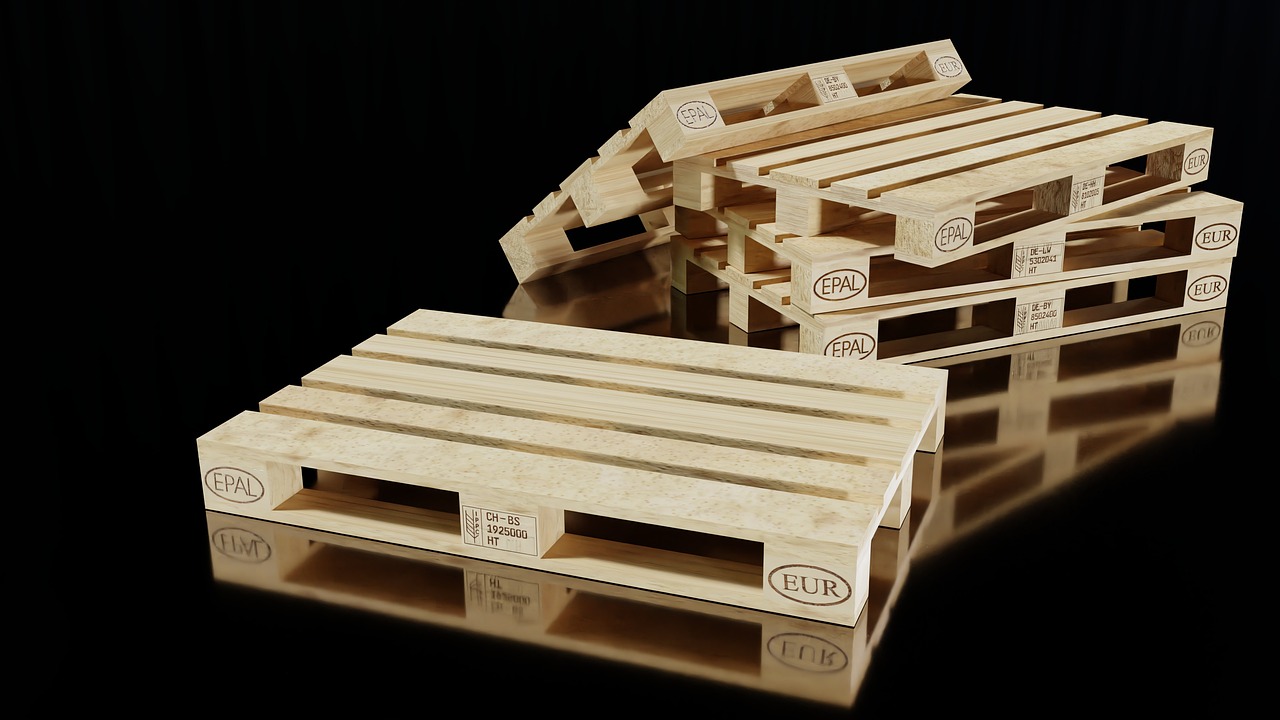
Pallet Wall Art Ideas
When it comes to adding a personal touch to your home decor, pallet wall art is a fantastic and creative option. Not only does it allow you to showcase your artistic flair, but it also makes use of materials that might otherwise end up in a landfill. Imagine transforming a simple wooden pallet into a stunning piece of art that becomes the focal point of your living room or bedroom. The beauty of pallet art lies in its versatility; you can create anything from rustic landscapes to modern geometric designs.
One of the simplest yet most effective ways to create pallet wall art is by using paint. A fresh coat of color can completely change the look of a pallet. You can opt for a monochromatic scheme for a sleek, modern aesthetic, or mix and match colors for a more vibrant, eclectic vibe. Don't hesitate to experiment with stencils or even freehand designs. For instance, a quote that resonates with you or a simple pattern can make your pallet art truly unique.
If you're looking for something a bit more textured, consider adding natural elements. You could attach small branches, dried flowers, or even fabric to the pallet to create a three-dimensional effect. This not only adds depth to your artwork but also brings a bit of nature indoors. Imagine walking into a room where a beautifully crafted pallet art piece, adorned with rustic twigs and soft fabric, greets you. It's like nature and creativity collided right on your wall!
For those who love a bit of whimsy, why not create a photo display using pallets? You can attach clips or strings to the pallet, allowing you to hang your favorite photos or postcards. This way, you can change the display as often as you like, keeping your decor fresh and personalized. It’s a delightful way to showcase memories while adding a touch of charm to your space.
Another popular idea is to create a mood board using pallets. You can paint sections of the pallet in different colors and use it to pin up inspiring quotes, images, or even fabric swatches. This not only serves as a decorative piece but also as a source of inspiration for your home decor projects. Plus, it’s a great conversation starter when guests come over!
In conclusion, pallet wall art is not just about aesthetics; it’s about telling a story. Each piece you create reflects your personality and creativity, transforming your space into a true representation of who you are. So grab those pallets, unleash your imagination, and get ready to create stunning wall art that will leave everyone in awe!
- What tools do I need to create pallet wall art? Basic tools like a saw, sandpaper, paintbrushes, and nails or screws are essential. Depending on your design, you might also need stencils or decorative elements.
- Can I use any type of pallet? Yes, but make sure to choose pallets that are labeled as safe for reuse. Avoid pallets that have been treated with chemicals.
- How do I hang pallet art on the wall? You can use wall anchors and screws to securely hang your pallet art. Make sure it's sturdy enough to hold the weight of the pallet and any additional decorations.
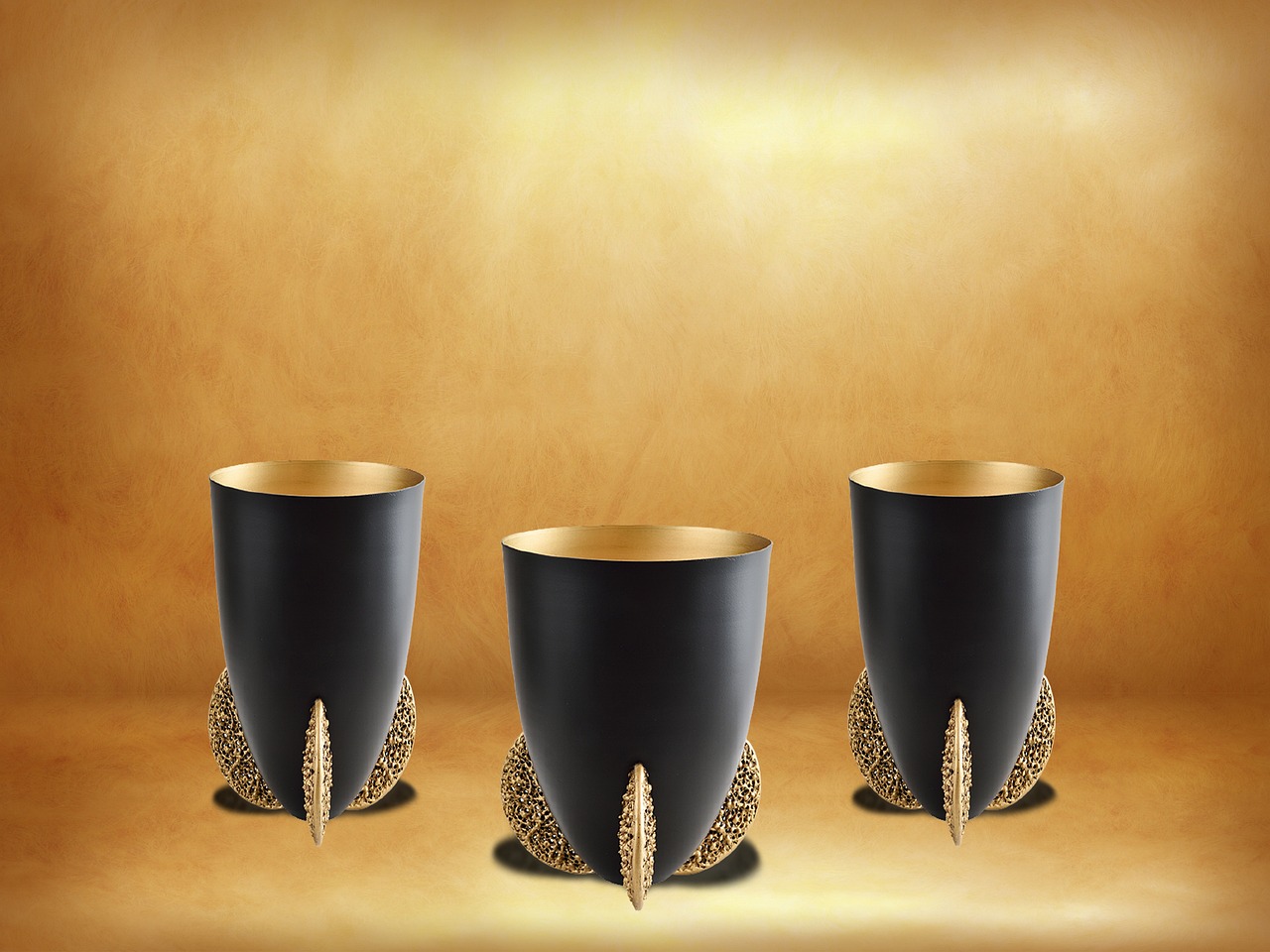
Upcycling Glass and Plastic
When it comes to home decor, is a fantastic way to not only save money but also to add a unique touch to your living space. Imagine turning that old glass jar or plastic bottle into a stunning decorative piece that tells a story. It’s like giving a second chance to items that would otherwise end up in the landfill. Plus, it’s a fun and creative way to express your personal style!
One of the most popular ways to upcycle glass is by transforming jars into vases. You can take an ordinary mason jar, paint it in your favorite color, and fill it with fresh flowers or dried herbs. This not only enhances your decor but also adds a splash of color and life to your home. If you want to take it a step further, consider wrapping the jar in twine or lace for a rustic feel. It's amazing how a simple jar can become a stunning centerpiece!
Plastic bottles, on the other hand, can be creatively repurposed into various decorative items. For instance, you can cut a plastic bottle in half and use the bottom part as a hanging planter. Just add some soil and your favorite plants, and you have a beautiful vertical garden that brightens up any wall. Not only does this help reduce plastic waste, but it also allows you to showcase your green thumb!
Here are a few more ideas to inspire your upcycling journey:
- Candle Holders: Use glass jars or bottles as candle holders. Add some sand or stones at the bottom for stability, and place a candle on top for a cozy ambiance.
- Decorative Bowls: Cut and shape plastic bottles to create colorful bowls that can hold anything from keys to snacks.
- Art Pieces: Glue together different glass pieces to create unique sculptures or wall art that adds character to your home.
Upcycling isn’t just about creating beautiful decor; it’s also a way to spark conversations. When guests come over and see your creatively repurposed items, they often ask about the story behind them. This opens up a dialogue about sustainability and creativity, making your home not just a place to live, but a space that inspires others.
In conclusion, upcycling glass and plastic is an exciting and rewarding way to enhance your home decor while making a positive impact on the environment. So, the next time you’re about to toss that empty bottle or jar, think twice! With a little creativity and imagination, you can transform everyday items into stunning decor pieces that reflect your personal style and values.
Q: What types of glass and plastic can I upcycle?
A: Almost any clean glass or plastic container can be upcycled! Common items include jars, bottles, and even old plastic containers. Just ensure they are free from any harmful residues.
Q: Do I need special tools to upcycle these materials?
A: Basic crafting tools like scissors, glue, and paints are usually enough. For larger projects, you might need a saw or drill, but always prioritize safety and use protective gear if necessary.
Q: How do I ensure my upcycled decor is safe for use in my home?
A: Always clean your materials thoroughly and avoid using items that could leach harmful chemicals. If you’re using them for food-related purposes, make sure they are food-safe.
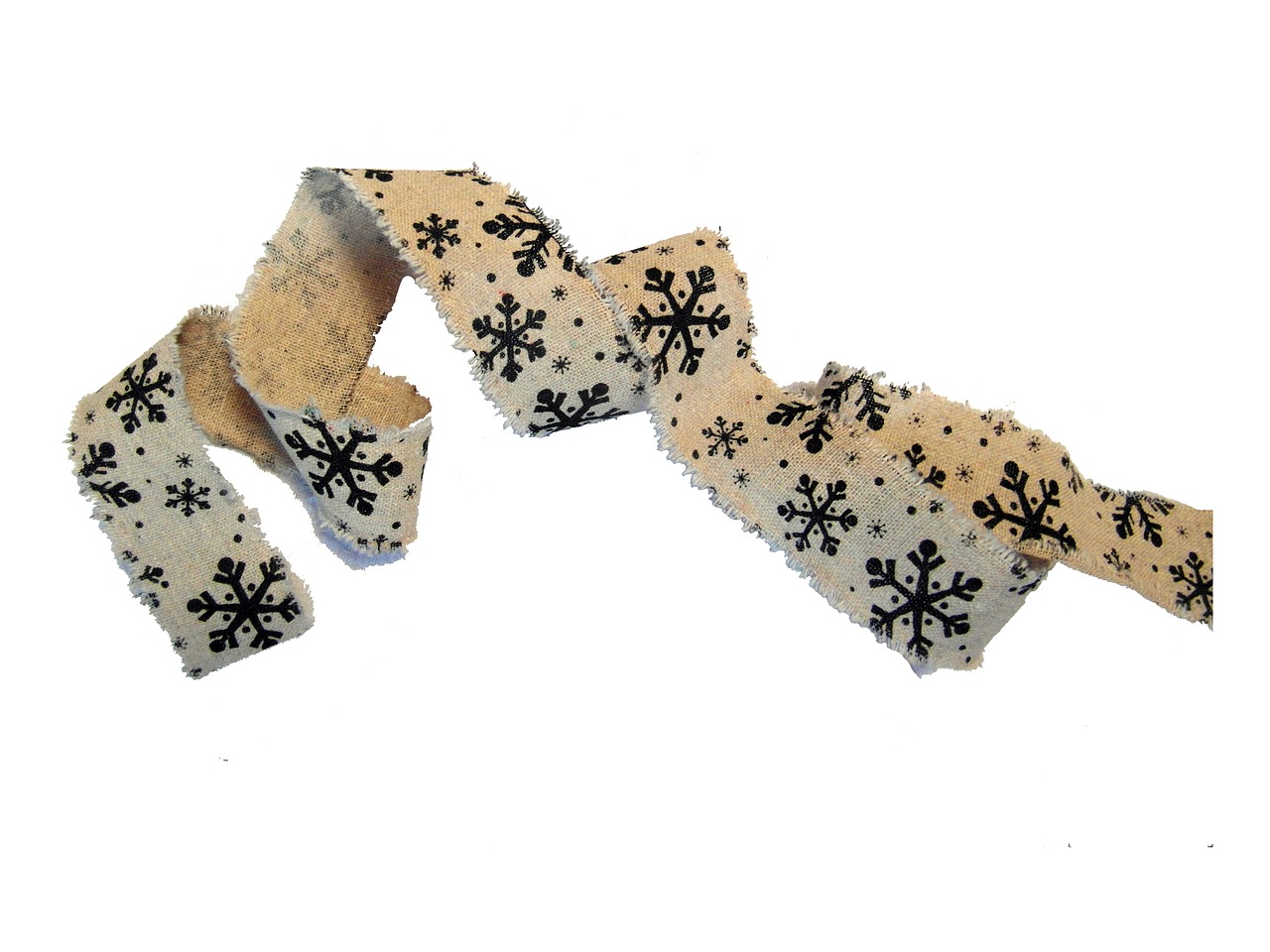
Textile Repurposing for Home Decor
Old fabrics and textiles can breathe new life into your decor, transforming your home into a cozy haven filled with character and charm. Imagine the stories woven into a piece of fabric that once belonged to a favorite shirt or a set of curtains that graced your grandmother’s living room. Repurposing these materials not only adds a personal touch but also contributes to sustainability by reducing waste. With a bit of creativity and some basic sewing skills, you can turn these forgotten items into stunning decor pieces that reflect your unique style.
One of the most popular ways to repurpose textiles is by creating pillows. Old clothing, linens, or even fabric scraps can be transformed into cozy pillows that not only add comfort to your space but also serve as eye-catching decor. For instance, you could take a vibrant patterned shirt and stitch it into a pillow cover, instantly adding a pop of color to your couch. The beauty of DIY pillows is that you can mix and match different fabrics, patterns, and textures to create a truly one-of-a-kind look.
Another exciting project is making fabric wall hangings. These pieces can serve as stunning focal points in any room, showcasing your artistic flair. You can use a combination of different fabrics, such as lace, burlap, and cotton, to create layered designs that add depth and interest to your walls. Consider incorporating natural elements like twigs or branches to give your wall hanging an organic feel. The process is simple: cut your fabric into desired shapes, arrange them on a backing material, and secure them with glue or stitches. Hang your masterpiece, and watch as it transforms your space!
Here are some additional ideas for textile repurposing:
- Quilts: Combine various fabric scraps into a beautiful quilt that can keep you warm and serve as a decorative throw.
- Table runners: Use old tablecloths or fabric remnants to create stylish table runners that elevate your dining experience.
- Wall art: Frame pieces of fabric with interesting patterns or textures to create unique wall art that tells a story.
As you embark on your textile repurposing journey, remember that the key is to let your imagination run wild. The possibilities are endless! Whether you’re sewing, gluing, or even weaving, each project is an opportunity to express your creativity and make your home feel more personalized. So gather those old fabrics and get ready to transform them into beautiful decor pieces that not only enhance your space but also carry a piece of your history.
Q: What types of fabrics are best for repurposing?
A: Almost any fabric can be repurposed! Cotton, linen, and denim are great options due to their durability. However, don’t shy away from using delicate fabrics like silk or lace for special projects.
Q: Do I need sewing skills to repurpose textiles?
A: While sewing skills can be helpful, many projects can be completed with just glue or no sewing at all. There are plenty of no-sew tutorials available online for those who prefer a simpler approach.
Q: How do I clean old fabrics before using them?
A: It’s essential to wash and dry old fabrics before repurposing them. Follow the care instructions on the fabric label, and consider using a gentle detergent to preserve the material.
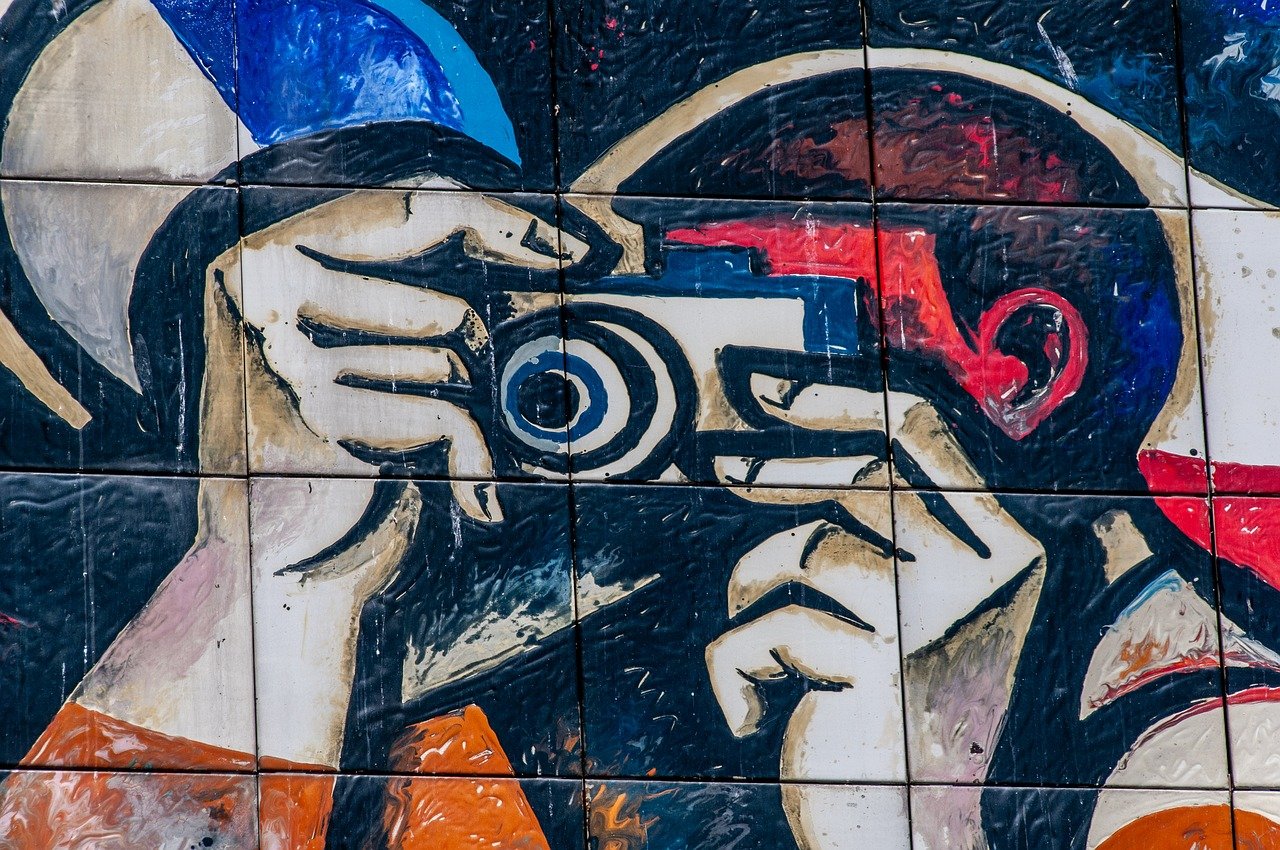
Creating Fabric Wall Hangings
Fabric wall hangings are not just a trend; they are a statement that can bring life and personality to any room. Imagine walking into a space where the walls are adorned with colorful, textured fabrics that tell a story. This is the magic of repurposing old textiles into stunning wall art. Not only does this project allow you to showcase your creativity, but it also serves as a sustainable way to breathe new life into forgotten materials.
To get started, gather your materials. You can use old curtains, leftover fabric scraps, or even worn-out clothes that have sentimental value. The beauty of fabric wall hangings is that they can be as simple or as intricate as you desire. For a minimalist look, consider using a single piece of fabric stretched over a wooden frame. Alternatively, for a more eclectic vibe, mix and match different patterns and textures to create a patchwork masterpiece.
One popular technique is to create a fabric tapestry. This involves cutting various fabric pieces into different shapes and sizes, then arranging them on a canvas or a wooden board. You can play with layering, using different lengths and widths to add depth. Secure the pieces using a hot glue gun or fabric adhesive, and voila! You have a unique piece of art that reflects your personal style.
Another creative approach is to incorporate natural elements into your fabric wall hangings. Think about adding twigs, branches, or even dried flowers to your design. This not only enhances the visual appeal but also connects your art to the natural world. For instance, you could create a wall hanging that features a fabric backdrop with a delicate arrangement of dried flowers suspended in front of it, creating a beautiful three-dimensional effect.
Here’s a quick overview of the steps to create your own fabric wall hanging:
- Choose your base: This could be a wooden frame, canvas, or even a branch.
- Select your fabrics: Look for colors and textures that complement your space.
- Cut and arrange: Cut your fabric into desired shapes and arrange them on your base.
- Secure your pieces: Use glue or sewing techniques to attach the fabric.
- Add embellishments: Consider adding beads, ribbons, or other decorative elements.
- Hang and admire: Find the perfect spot on your wall to showcase your creation!
Creating fabric wall hangings is not just about aesthetics; it’s a way to express your individuality and creativity. Each piece you make can be a conversation starter, a reflection of your journey, and a reminder of the beauty that can come from repurposed materials. So, gather your textiles and let your imagination run wild!
Q: What types of fabrics are best for wall hangings?
A: You can use a variety of fabrics, including cotton, linen, and even old t-shirts. The key is to choose materials that complement each other in color and texture.
Q: How do I hang my fabric wall hanging?
A: Depending on the weight and size, you can use nails, hooks, or adhesive strips. For lightweight pieces, a simple push pin can work wonders!
Q: Can I wash my fabric wall hanging?
A: It’s best to spot clean your fabric wall hangings to avoid damaging them. If you used delicate fabrics, consider using a gentle fabric cleaner.
Q: What if I don’t have a sewing machine?
A: No worries! You can use fabric glue or even hand-sew your pieces together. The charm of handmade decor often lies in its imperfections.
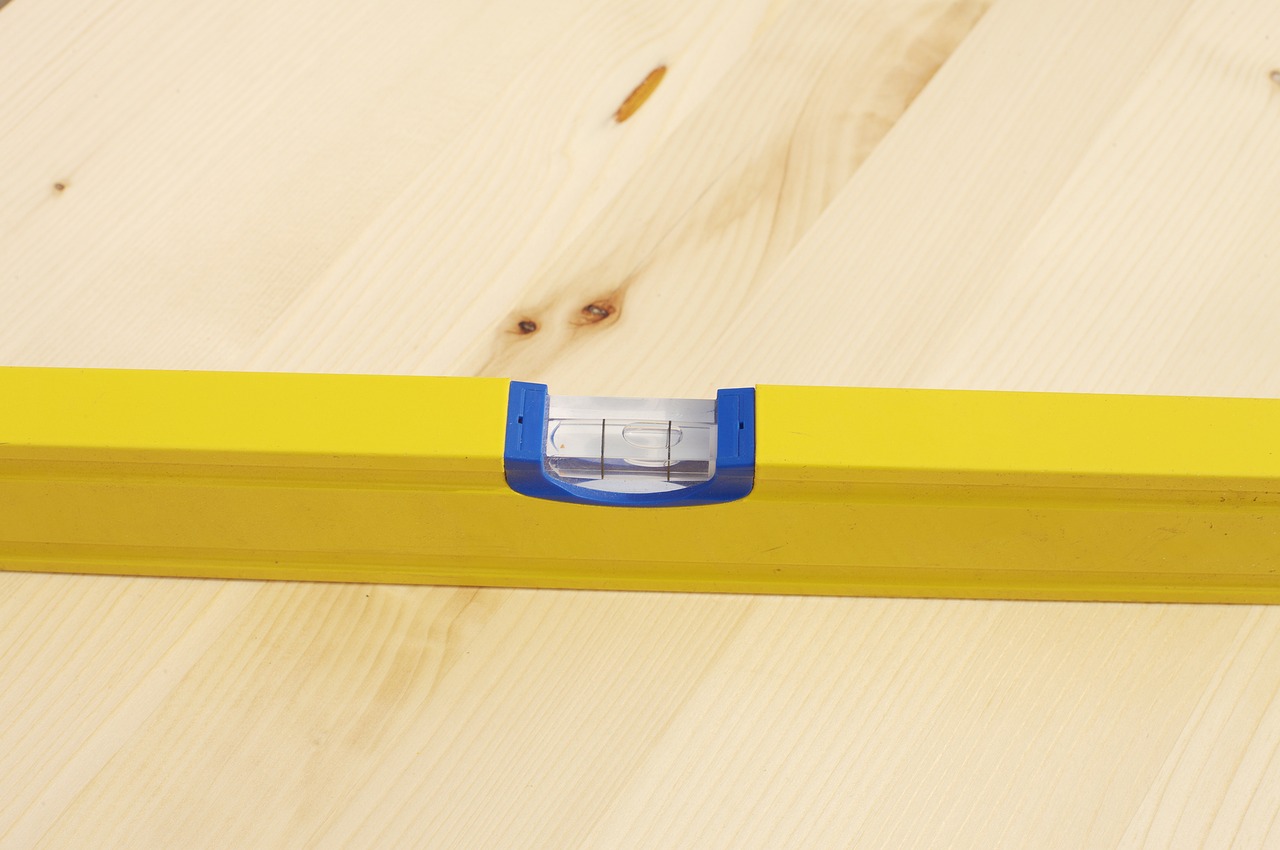
DIY Pillow Projects
Are you tired of your old pillows and looking for a fun way to refresh your home decor? are not only a fantastic way to express your creativity but also a clever means to repurpose old textiles that might otherwise end up in the trash. Imagine transforming those worn-out clothes or leftover fabric scraps into cozy, beautiful pillows that add a personal touch to your living space. It’s like giving your home a little hug!
One of the simplest yet most effective ways to create pillows is by using old t-shirts. You know those tees that have seen better days but hold sentimental value? Instead of letting them collect dust, why not turn them into throw pillows? Simply cut the shirt into the desired shape, fill it with stuffing or an old pillow insert, and sew it up. This method not only gives your old clothes a new life but also adds a unique flair to your decor.
If you're feeling a bit more adventurous, consider making pillows from fabric scraps. Gather various pieces of fabric in complementary colors and patterns, and sew them together to create a patchwork pillow. This project is not only a great way to use up leftover materials, but it also results in a vibrant, one-of-a-kind piece that can serve as a conversation starter in your home. Just think of it as creating a piece of art that you can actually use!
For those who prefer a more structured approach, you might want to try making envelope pillows. These pillows are incredibly easy to sew and require no zippers or buttons. All you need are two pieces of fabric cut to size and some basic sewing skills. You can even personalize them by adding decorative elements like buttons or embroidery. The best part? You can easily change the covers for different seasons or occasions, giving your home a fresh look without breaking the bank.
Here’s a quick overview of the materials you might need for your DIY pillow projects:
| Material | Purpose |
|---|---|
| Old T-shirts | For making soft, sentimental pillows |
| Fabric Scraps | To create colorful patchwork designs |
| Sewing Machine | For easy stitching |
| Pillow Insert or Stuffing | To fill your pillows |
As you embark on your DIY pillow journey, remember that the possibilities are as endless as your imagination. You can experiment with different shapes, sizes, and textures to create pillows that are not only functional but also reflect your unique style. Whether you opt for a minimalist design or a bold, colorful statement piece, each pillow you create will tell a story of repurposing and creativity.
So, roll up your sleeves, gather your materials, and let your creativity flow! Each stitch you make is a step toward a more personalized and sustainable home. And who knows? You might just discover a new hobby that brings you joy and satisfaction.
- What types of fabric are best for DIY pillows? Cotton, linen, and upholstery fabric are great choices due to their durability and ease of sewing.
- Can I use old pillows as stuffing? Absolutely! Just make sure to wash them thoroughly before using them to ensure cleanliness.
- How do I clean my DIY pillows? Most fabric pillows can be machine washed on a gentle cycle. Always check the fabric care label before washing.
Frequently Asked Questions
- What are the benefits of using repurposed materials for home decor?
Using repurposed materials not only helps you save money but also contributes to environmental sustainability. It allows you to create unique decor pieces that reflect your personal style while minimizing waste. Plus, it’s a fantastic way to unleash your creativity and make your home truly one-of-a-kind!
- Can I really transform old furniture into new decor?
Absolutely! Old furniture is like a blank canvas waiting for your artistic touch. With a little imagination and some DIY skills, you can upcycle chairs, tables, and cabinets into stunning decor pieces that are both functional and stylish. Think of it as giving new life to something that would otherwise be forgotten.
- What can I make with wooden pallets?
Wooden pallets are incredibly versatile! You can transform them into furniture, like coffee tables or benches, or use them for wall art and garden decor. They add a rustic charm to your home and are an excellent way to showcase your creativity. Just imagine a beautiful pallet coffee table as the centerpiece of your living room!
- How can I repurpose glass and plastic items?
Glass and plastic items can be transformed into beautiful decor elements with just a bit of creativity. You can turn jars and bottles into unique vases or candle holders, adding a personal touch to your space. It’s like giving these items a second chance to shine!
- What are some ideas for repurposing old fabrics?
Old fabrics can breathe new life into your decor! You can repurpose curtains, clothes, or linens into cozy pillows, quilts, or even wall hangings. This not only adds warmth to your space but also allows you to express your style in a fun and creative way.
- Are DIY pillow projects difficult to do?
Not at all! DIY pillow projects can be as simple or as complex as you want them to be. With some basic sewing skills and a bit of creativity, you can transform old clothing or fabric scraps into beautiful pillows that add comfort and style to your home. It’s a fun way to personalize your space!



















